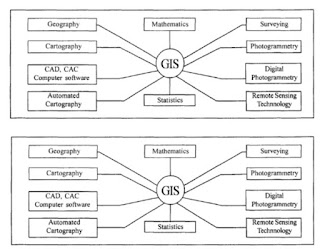Walking makes us healthy. It maintains and improve our health. Walking can be done any time in a day and it requires less or no equipment. A study conducted in 2007 about inactive women depicts that even 75 minutes walk per week makes the person fit as compared to non exercising groups. Walking is a great form of physical activity for the people who are overweight, elder and who have not walked for long time.
HEALTH BENEFITS FROM WALKING
The benefits gained from walking are as follows:
- increased cardiovascular and pulmonary fitness
- strong bones, improve balance
- increase muscles strength
- reduce body fat
- improved management of conditions such as hypertension, diabetes, high cholesterol, high muscular pain
- walking makes you happy
- walking boosts vitamin D
- It prevents dementia
- It tones up legs, bums and tums
- It gives us energy
Different studies show that regular exercise lowers the risks to certain cancers such as breast and colon cancers.
PEDOMETER USE
A pedometer is used to measure that how much steps a person walks. A person should wear it while walking. It motivates the people to do more walk and do better than before.
WALKING TIME
Walking for 30 minutes is beneficial for health. Moderate walking poses the little risks to health but patients must consult with doctor before initiating any new program of health exercise. It is difficult to walk for continuous 30 minutes. but to make it a habit you can start with dividing them into three sessions each of 10 minutes in day. Gradually it becomes a habit. In case for the purpose to lose the weight exercise must be done for more than 30 minutes in a day but here also the habit is built gradually by starting the walk for less time than increasing the time.
To build the walking routine some suggestions are as follows:
- Walk to shops rather than by drive
- Walk the dog
- Get off local transport and walk to home or office
- Take the stairs instead of lift














